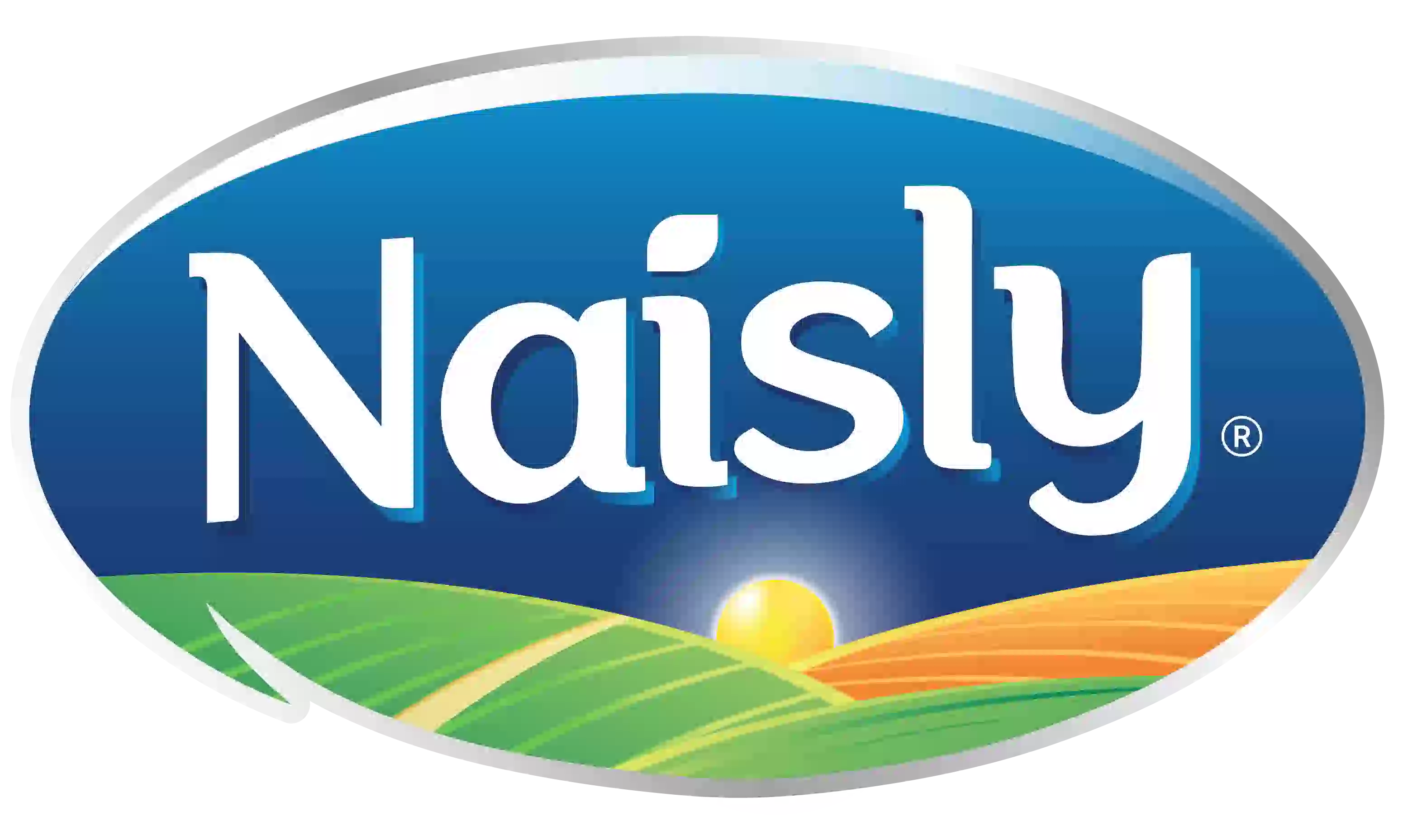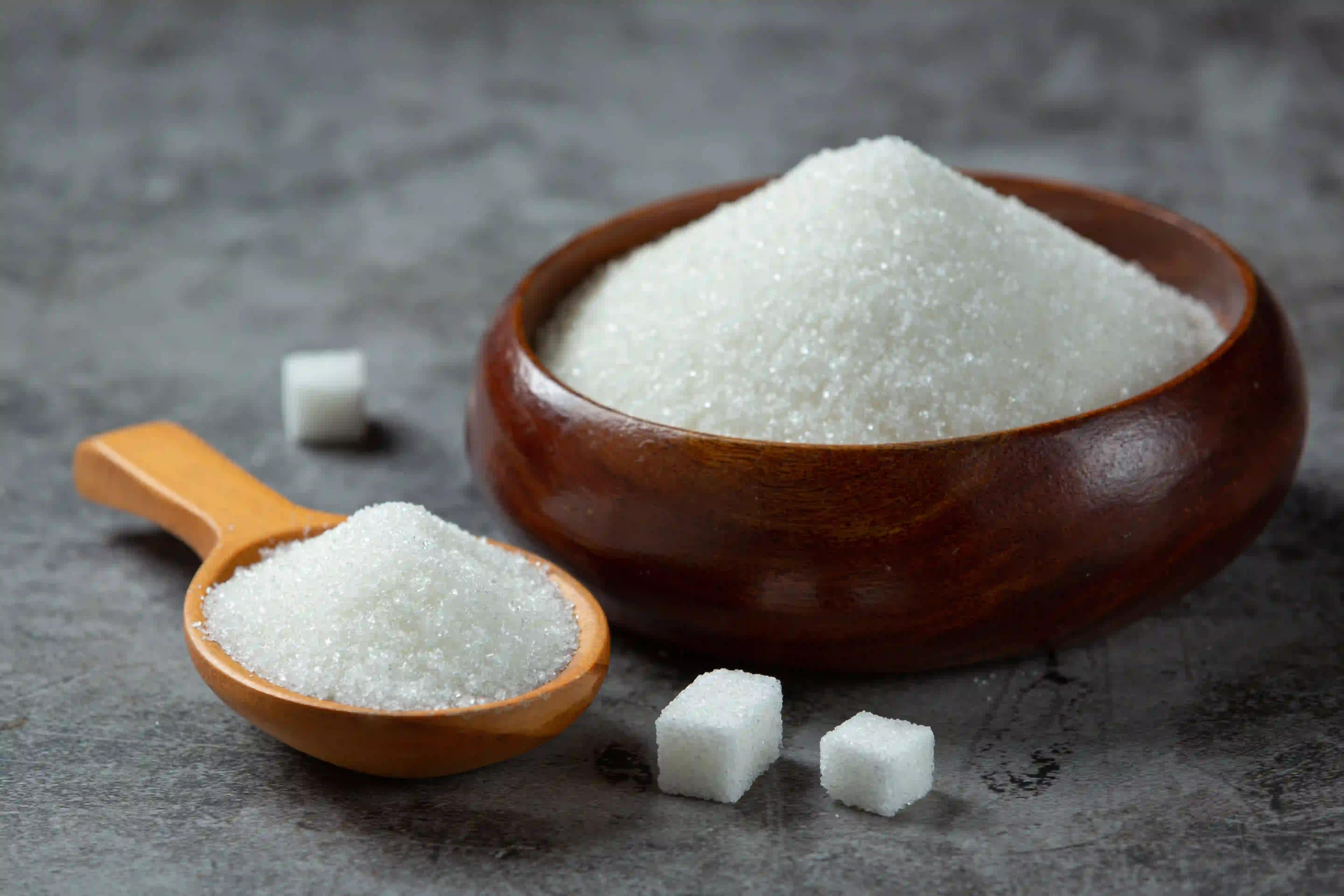Sugar is often linked with sweetness, but did you know that there are many different types of sugar? Each has its own name, form, and effect on the body. Some occur naturally, while others are added to processed foods. By understanding the different types of sugar, you can make wiser choices and still enjoy sweetness without compromising your health.
- Glucose
Glucose is a simple sugar and the body’s main source of energy. Almost all organs, including the brain, depend on glucose to function properly. Unlike other sugars that need to be broken down first, glucose is absorbed directly into the bloodstream and quickly used as fuel. That’s why you often feel energized soon after eating something sweet. Glucose is found in sucrose (table sugar) and in sweeteners like high fructose corn syrup (HFCS), which is widely used in processed foods. One teaspoon of glucose provides around 16 kcal. While essential, glucose directly affects blood sugar levels, so it’s important to control intake to avoid spikes that may lead to insulin resistance or diabetes. - Fructose
Fructose is a natural sugar commonly found in fruits, honey, and some sweet vegetables. Because of its strong sweetness, it’s often referred to as “fruit sugar.” Unlike glucose, fructose doesn’t immediately raise blood sugar levels, which is why it’s sometimes considered safer for people with diabetes—when consumed in moderation. However, too much fructose can have negative effects. Once in the body, it’s processed by the liver and partly converted into glucose. Excessive amounts are often stored as fat, increasing the risk of obesity, type 2 diabetes, and heart disease. That’s why fructose, though natural, should still be consumed wisely. - Galactose
Galactose is a simple sugar usually found in milk and dairy products such as yogurt, cheese, and butter. It is less sweet than glucose, so when used as a natural sweetener, larger amounts are needed to achieve the same taste. Although natural, overconsumption of galactose may still cause health issues such as high blood sugar and metabolic imbalances. In moderate amounts, however, dairy products containing galactose can be enjoyed without worry. - Lactose
Lactose is a natural sugar in milk and its derivatives, including yogurt, cheese, and ice cream. It is a disaccharide, made of glucose and galactose. Compared to other sugars, lactose is less sweet, which is why it’s rarely used as an added sweetener in processed food and drinks. Some people find lactose harder to digest due to lactose intolerance, a condition where the body lacks the enzyme lactase. When consumed excessively, it can cause bloating, diarrhea, or stomach cramps. For those who tolerate it, lactose can still be part of a balanced diet. - Maltose
Maltose is a disaccharide sugar formed from two glucose molecules, often called “malt sugar.” It is less sweet than sucrose or fructose but plays an important role in metabolism. Maltose can be found in cereals, pasta, potatoes, and even alcoholic drinks like beer. It’s also present in many packaged foods. While less sweet, maltose still breaks down into glucose and can affect blood sugar levels if consumed in excess. - Sucrose (Table Sugar)
Sucrose is the sugar we’re most familiar with—commonly added to coffee, tea, or cooking. Structurally, it’s made of glucose and fructose. Its sweetness and easy absorption make it a quick energy source. Naturally, sucrose exists in fruits and vegetables, but most production comes from sugarcane (80%) and sugar beets (20%). It comes in different forms such as granulated sugar, powdered sugar, and sugar cubes. Practical and versatile, sucrose is best consumed in moderation to prevent health risks. - Saccharin
Saccharin is the first artificial sweetener, discovered more than 100 years ago. It’s 300–400 times sweeter than table sugar but leaves a bitter or metallic aftertaste, so it’s often blended with other sweeteners. Though low in calories, saccharin is controversial. Studies suggest overconsumption may increase cancer risks. Regulations limit its use to 12 mg per 29 ml in drinks and 30 mg per food serving. Safe within limits, saccharin should still be consumed cautiously. - Aspartame
Aspartame is about 200 times sweeter than sugar and provides 4 kcal per gram, similar to sugar. However, because only tiny amounts are needed, calorie intake remains low. The main drawback is heat sensitivity—its sweetness disappears when exposed to high temperatures. For this reason, aspartame is mostly used in cold products such as yogurt, ice cream, and low-calorie drinks. People with phenylketonuria (PKU) should avoid it due to its phenylalanine content. - Acesulfame K
Acesulfame K is around 200 times sweeter than sugar. Unlike some artificial sweeteners, it doesn’t leave a bitter taste. It is calorie-free and heat-stable, making it suitable for cooking and baking. It doesn’t raise blood sugar levels, which makes it safe for people with diabetes. Today, it’s found in more than 1,000 products worldwide, including soft drinks, frozen foods, chewing gum, and sugar-free products. - Sucralose
Sucralose is one of the sweetest artificial sweeteners—about 600 times sweeter than sugar. It isn’t metabolized by the body, so it adds no calories, making it a popular choice for weight-loss products. It’s also heat-stable, so its sweetness remains even during cooking and baking. Sucralose is widely used in syrups, desserts, soft drinks, and baked goods. Although considered safe, moderation is key. - Neotame
Neotame is a newer artificial sweetener approved by the FDA in 2002. It’s about 8,000 times sweeter than sugar and 40 times sweeter than aspartame. It contains no calories, doesn’t raise blood sugar levels, and is effective even in tiny amounts. The acceptable daily intake is 2 mg per kilogram of body weight. Neotame is used in many modern low-calorie products but should still be consumed within safe limits. - Sorbitol
Sorbitol is a sugar alcohol commonly used as a low-calorie sweetener. It occurs naturally in fruits such as apples, pears, cherries, and peaches. Because it’s less sweet than sugar, larger amounts are used to achieve the same sweetness, while still providing fewer calories. It’s often added to sugar-free gum, diet products, and beverages. Sorbitol doesn’t cause major spikes in blood sugar, making it safer for diabetics. However, too much may cause bloating or diarrhea due to its laxative effect. - Xylitol
Xylitol is another sugar alcohol found in fruits and vegetables. It provides about 2.4 kcal per gram—less than sugar. It’s often chosen by those watching calorie intake or managing diabetes, as it doesn’t cause major blood sugar spikes. Xylitol is also known for dental benefits. Research shows it reduces cavity-causing bacteria like Streptococcus mutans and stimulates saliva production rich in minerals such as calcium and phosphate, which help strengthen tooth enamel. - Ribose
Ribose is a monosaccharide with very little sweetness—less than 0.2 times that of sugar—and about 4 kcal per gram. When it replaces 10–14% of sucrose, the glycemic index can drop by more than 30%, reducing potential blood sugar spikes. More importantly, ribose plays a key biological role as part of ATP, RNA, and essential coenzymes, supporting energy production, fat metabolism, physical performance, and muscle recovery. - Xylose
Xylose is a monosaccharide with lower sweetness than sucrose but is digested quickly in the body. Its low glycemic index makes it suitable for people with diabetes or those managing blood sugar levels. Besides being used as a natural sweetener in food, xylose is valuable in pharmaceuticals as an additive for medicines and supplements. Still, like other sugars, it should be consumed in moderation.
Sugar comes in many forms—natural and artificial—each with its own sweetness level and role in the body. From glucose and fructose to modern sweeteners like sucralose and neotame, knowing their differences helps you make smarter choices. Sweetness doesn’t have to be harmful as long as you understand what you’re consuming and enjoy it in balance.
Sources:
- Bahador, A., Lesan, S., & Kashi, N. (2012). Effect of xylitol on cariogenic and beneficial oral streptococci: A randomized, double-blind crossover trial. Journal of Dentistry, 39(7), 478–485. https://doi.org/10.1016/j.jdent.2011.11.002
- Janakiram, C., Deepan Kumar, C. V., & Joseph, J. (2017). Xylitol in preventing dental caries: A systematic review. Clinical, Cosmetic and Investigational Dentistry, 9, 57–64. https://doi.org/10.2147/CCIDE.S123783
- Loimaranta, V., Laine, M., Salli, K., Söderling, E., & Mättö, J. (2020). Xylitol and erythritol inhibit real-time biofilm formation of Streptococcus mutans. BMC Microbiology, 20(1), 159. https://doi.org/10.1186/s12866-020-01867-8
- https://hellosehat.com/nutrisi/fakta-gizi/jenis-gula/ (15 Types of Sugar Found in Food and Drinks)

